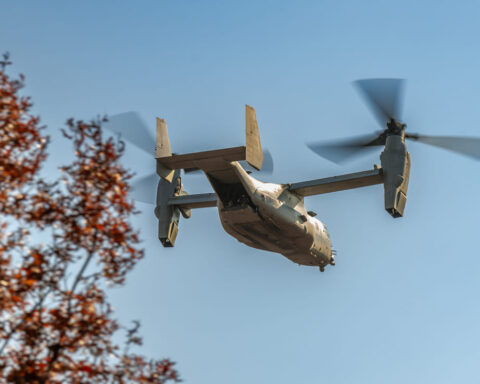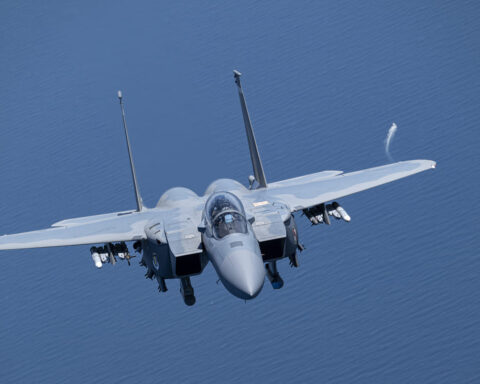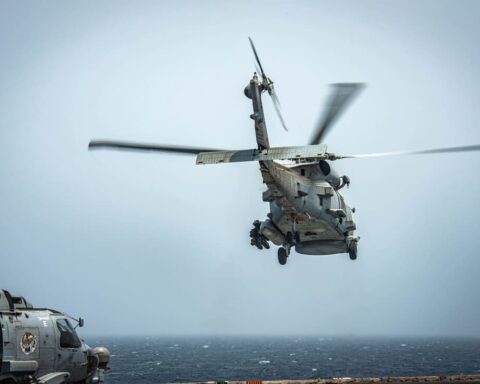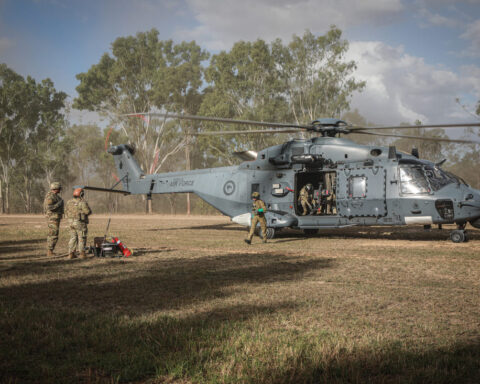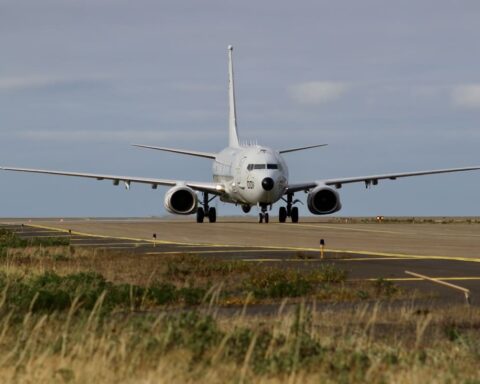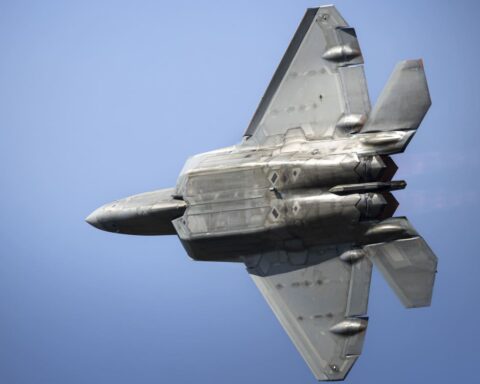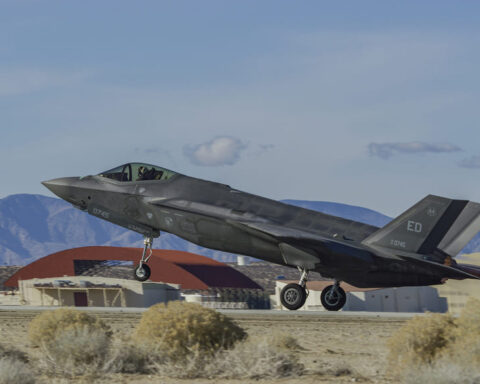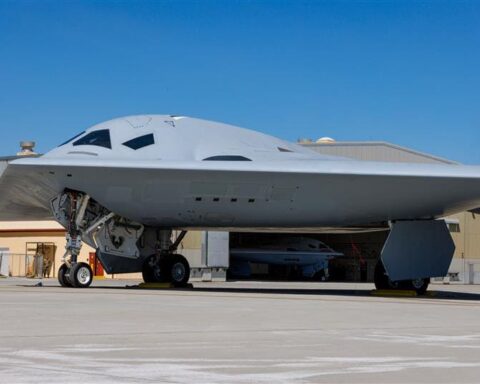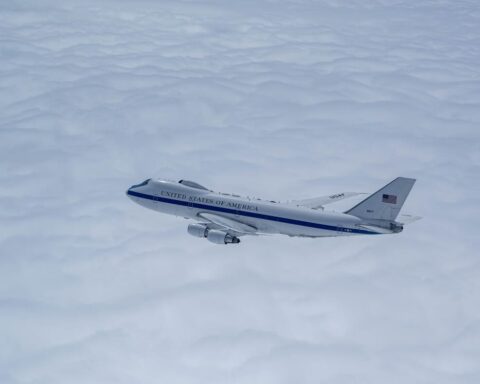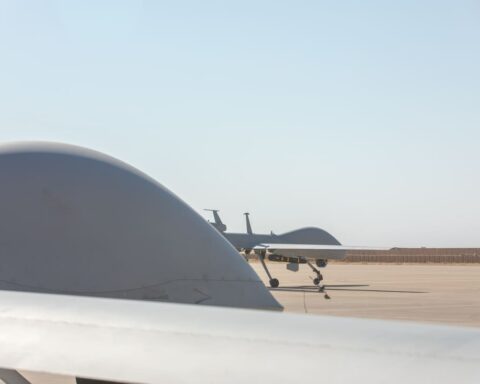
Hanwha and General Atomics to Establish Gray Eagle STOL Production Line in South Korea
General Atomics Aeronautical Systems and Hanwha Aerospace signed a co-development and co-production agreement for a Short Takeoff and Landing version of Gray Eagle during AUSA 2025. The plan calls for a production-representative aircraft, first flight in 2027, and initial deliveries in 2028.
